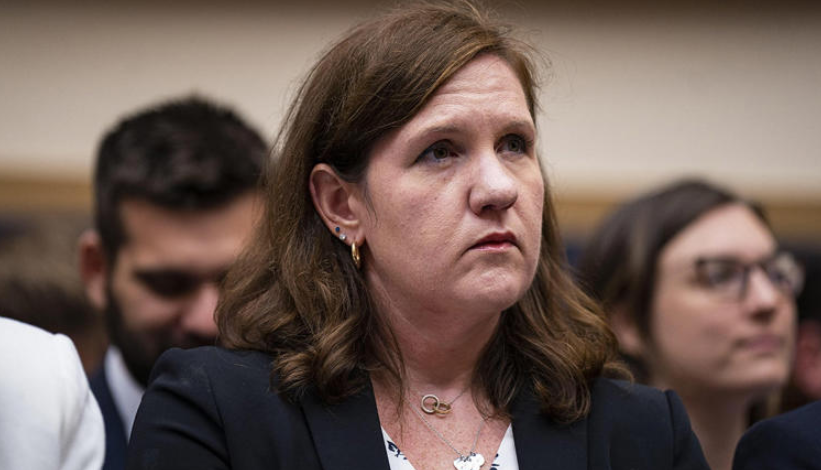The Supreme Court has agreed to hear a pivotal case that could redefine the scope of presidential authority over independent regulatory agencies. At the center of the dispute is whether a sitting president has the constitutional power to remove members of boards and commissions without significant restrictions, a question with sweeping implications for the balance between the executive branch and the administrative state.
The case arises from former President Donald Trump’s dismissal of a Biden-appointed Federal Trade Commission (FTC) commissioner earlier this year. The move reignited a long-standing legal debate over the president’s ability to remove officers from so-called independent agencies, which have historically been shielded from direct political control.
Trump’s decision followed frustration over aggressive antitrust enforcement strategies pursued by Biden-era appointees. Critics argue these policies harmed businesses and consumers by stifling competition under the guise of consumer protection. The commissioner’s removal immediately sparked legal challenges from progressives, who insist such firings undermine agency independence.
The high court has previously addressed this issue. In Seila Law v. CFPB (2020), the Court ruled that limits on the president’s ability to fire the head of the Consumer Financial Protection Bureau were unconstitutional. Similarly, in Free Enterprise Fund v. PCAOB (2010), justices struck down restrictions on removing members of the Public Company Accounting Oversight Board. Both cases affirmed the principle that the president, as head of the executive branch, must maintain control over officers who wield significant governmental power.
Supporters of Trump’s position believe this case offers the Court an opportunity to further dismantle the entrenched independence of regulatory bodies that operate with little accountability to voters. They argue that unelected commissioners should not be able to pursue sweeping policies without direct oversight from the president elected by the American people.
The Justice Department argues Trump can fire board members for any reason as he works to carry out his agenda. “The President and the government suffer irreparable harm when courts transfer even some of that executive power to officers beyond the President’s control,” Solicitor General D. John Sauer wrote. Courts have no power to order reinstatement, only back pay, Sauer argued.
Opponents, however, contend that insulating independent agencies from presidential influence ensures stability and prevents abrupt policy swings. They warn that granting presidents full removal authority would politicize regulatory boards and undermine their expertise-driven missions.
“Congress, as everyone agrees, prohibited each of those presidential removals,” liberal Supreme Court Justice Elena Kagan wrote in a minority decision. “Yet the majority, stay order by stay order, has handed full control of all those agencies to the President.”
The Court’s decision to take up the case reflects the growing importance of this constitutional question. The administrative state has expanded dramatically over the past century, with agencies exercising broad control over sectors ranging from finance to technology to healthcare. Whether these entities answer primarily to Congress, the courts, or the president remains unsettled, and the outcome could reset decades of precedent.
Conservative constitutional scholars note that the framers vested executive power in the president precisely to avoid diffuse, unaccountable governance. Allowing independent commissions to operate beyond presidential control, they argue, violates Article II and erodes democratic accountability. Without the power to remove, the president becomes responsible for policy outcomes he cannot direct or correct.
The Biden administration has urged the Court to uphold restrictions on removal power, insisting that agency independence is essential for fair and impartial regulation. Yet critics point out that this structure often shields ideological appointees from consequences, even when their policies prove harmful or unpopular.
This case also highlights a broader conservative concern: the unchecked growth of the administrative state. Over time, independent boards have accumulated authority rivaling that of Congress, issuing rules with the force of law. Many conservatives argue this system circumvents the Constitution’s separation of powers, placing too much control in the hands of bureaucrats instead of elected leaders.
Observers note that this dispute is not simply about Trump or a single commissioner, but about restoring constitutional order. The question is whether Americans will continue to be governed by unelected boards insulated from accountability, or whether elected presidents will regain authority to ensure agencies carry out their duties in line with voter mandates.
The Court is expected to hear arguments later this term, with a decision likely by summer. The ruling could either preserve the current framework of independent agencies or usher in a new era of executive oversight. For conservatives, it represents a chance to return power to the office directly accountable to the people—the presidency—rather than leaving it entrenched in bureaucratic fiefdoms.
If the justices affirm broad removal authority, presidents from both parties will gain greater control over the federal apparatus. While critics fear politicization, supporters believe the outcome would bring long-needed accountability and transparency to agencies that have too often operated as unaccountable fourth branches of government.
The Supreme Court now stands poised to clarify a constitutional question that has lingered unresolved for generations. For many, this case is about more than one commissioner—it is about reining in government excess, restoring executive accountability, and reasserting the principle that in a constitutional republic, the people govern through those they elect.

